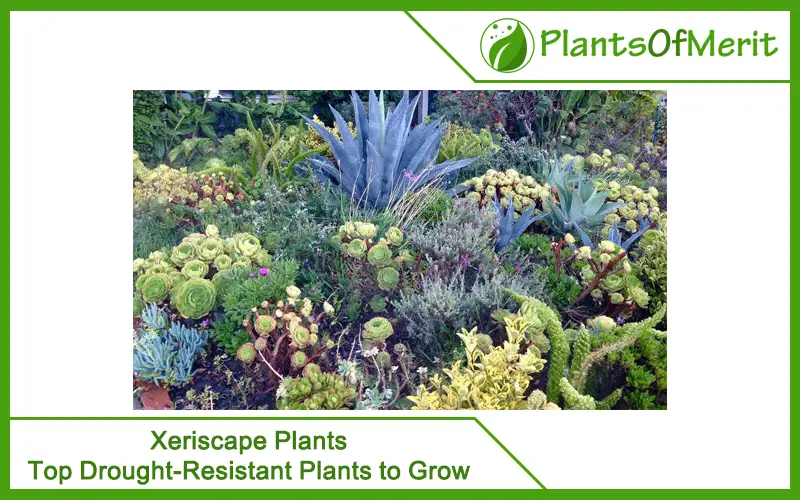We all know that the surrounding climate around us plays a crucial role when it comes to growing plants in the garden. So, what if you stay somewhere that’s dry and deserted? Should you not grow any kinds of plants in your backyards? Well, that’s where the Xeriscape plants come into play.
It translates to the drought-resistant plants that can sustain a lack of water and moisture in the soil and still grow exponentially well. The concept of xeriscaping is quite popular across the western coast of the United States where the weather is often dry and the water parameters are limited.
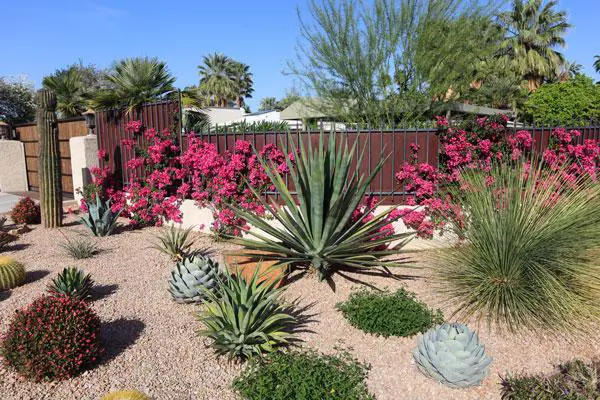
Just because you live somewhere that’s prone to drought doesn’t mean your garden has to look plain and bland. Xeriscape plants are available in a variety of different appearances and colors that can easily spruce up the look around your garden.
This article will walk you through a list of the top xeriscape plants that you can grow in your home garden.
What is Meant by Xeriscape Gardening or Xeriscaping?
Xeriscape translates from the Greek word Xero, which means dry. So, xeriscaping, in short, is growing the xeriscape plants, which can sustain themselves in low-water or even no-water landscapes.
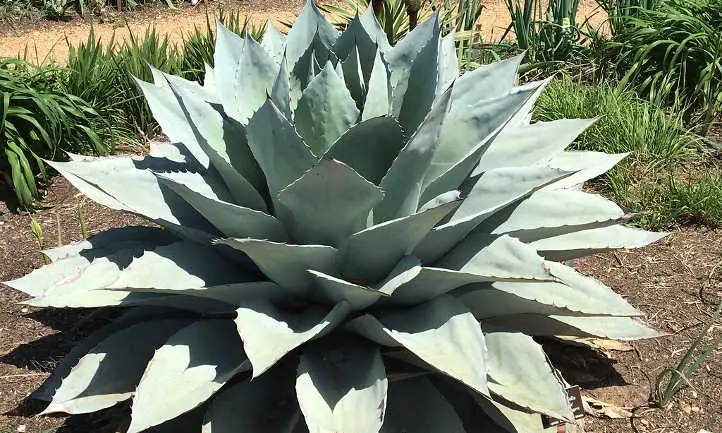
They are also termed drought-resistant landscaping and are ideal for countries or areas with limited water supply. Despite the lacking moisture in the soil and surroundings, the good thing about xeriscape plants is their versatility.
Planting a few in a row ensures that your garden or landscape looks stunning, bright, colorful, and inviting to the guests that come over to your house.
What should you keep in mind while Xeriscaping?
You don’t need to worry about watering and the plants are resilient and quite hardy. There’s not much that you need to put effort into. All of this sounds quite easy and riveting, doesn’t it?
However, this is where you are wrong. Planting xeriscape plants in your backyard brings along a lot of challenges that one has to overcome.
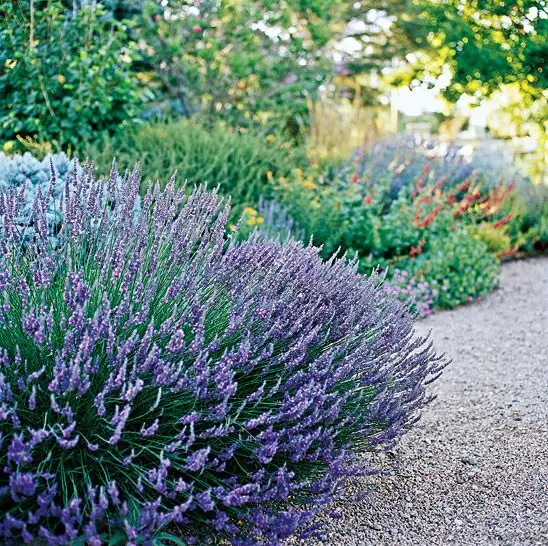
There are a few growing principles that you need to be mindful of. We have sorted them out for you in this guide.
Before planting xeriscape plants, keep the following in mind:
- Plan the process, the kind of plants, and the area you will plant them in
- Cut out and limit the presence of turfgrass in the area
- Plant the companion plants that also have low water needs
- Leverage targeted irrigation system in the area to reduce the water waste as much as possible
- Mulching is ideal throughout the growing process
- Prune the plants in the garden with excess water needs
Once you have these factors sorted, you are ready to plant the various types of xeriscape plants in your garden and spruce up the look and feel.
Top Xeriscape Plants to Consider for Gardening
As we said, xeriscape plants are resilient but they aren’t boring as many might say them to be. They do have a very unique appearance to them, which is a reason enough for you to add them to your garden or landscaping needs.
Following are some of the absolute best options that you can consider looking into:
1. Sedum rubrotinctum
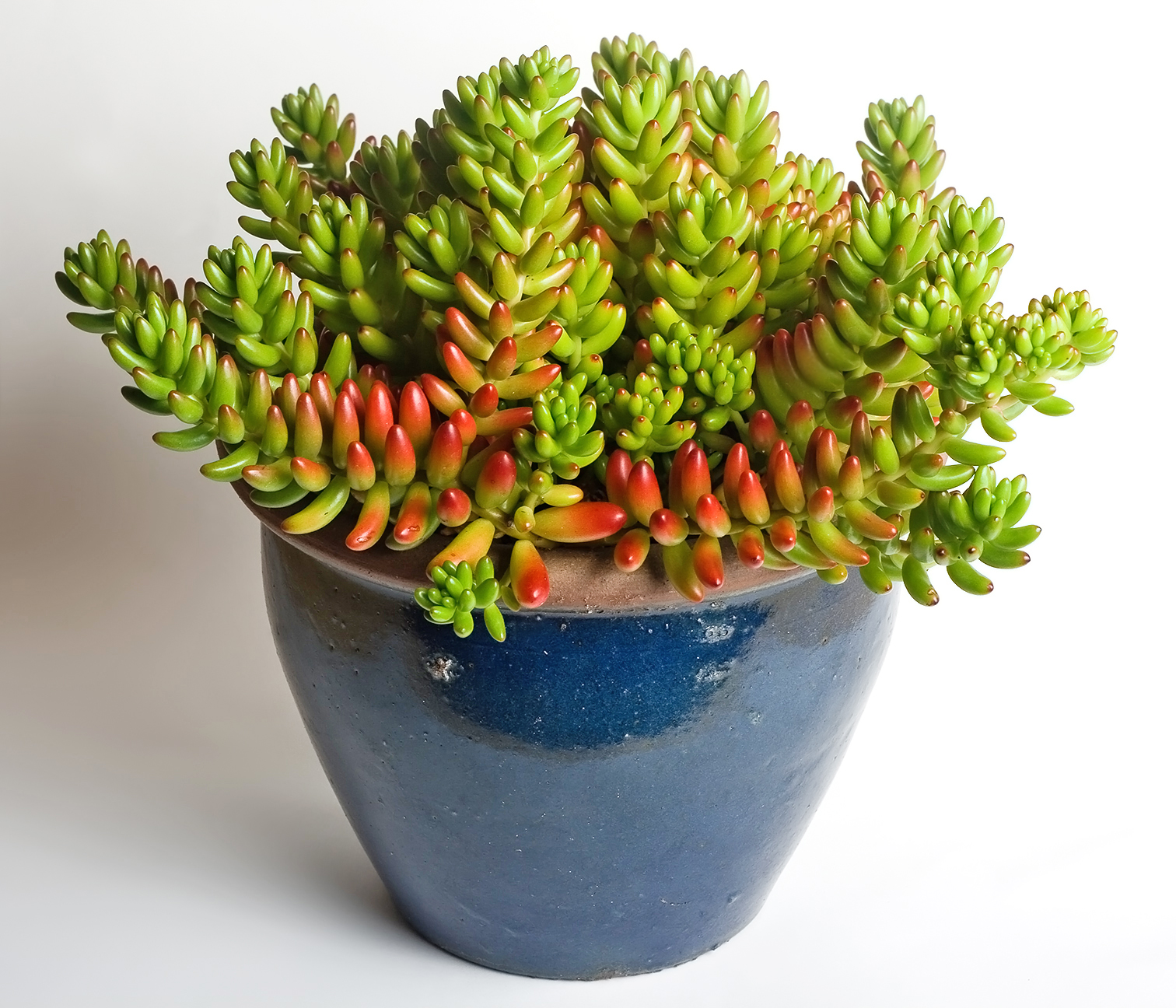
Before we walk you through the list of the taller xeriscape plants, let us start with the smaller ones that grow less than a foot tall. The Sedum rubrotinctum is a type of succulent with bright red and yellow foliage that looks like jelly beans on a plant.
It is alternatively known as pork and beans because it resembles the appearance. The star-shaped flowers are also an additional benefit to this plant that you won’t regret indulging in at all.
2. Ophiopogon japonicas
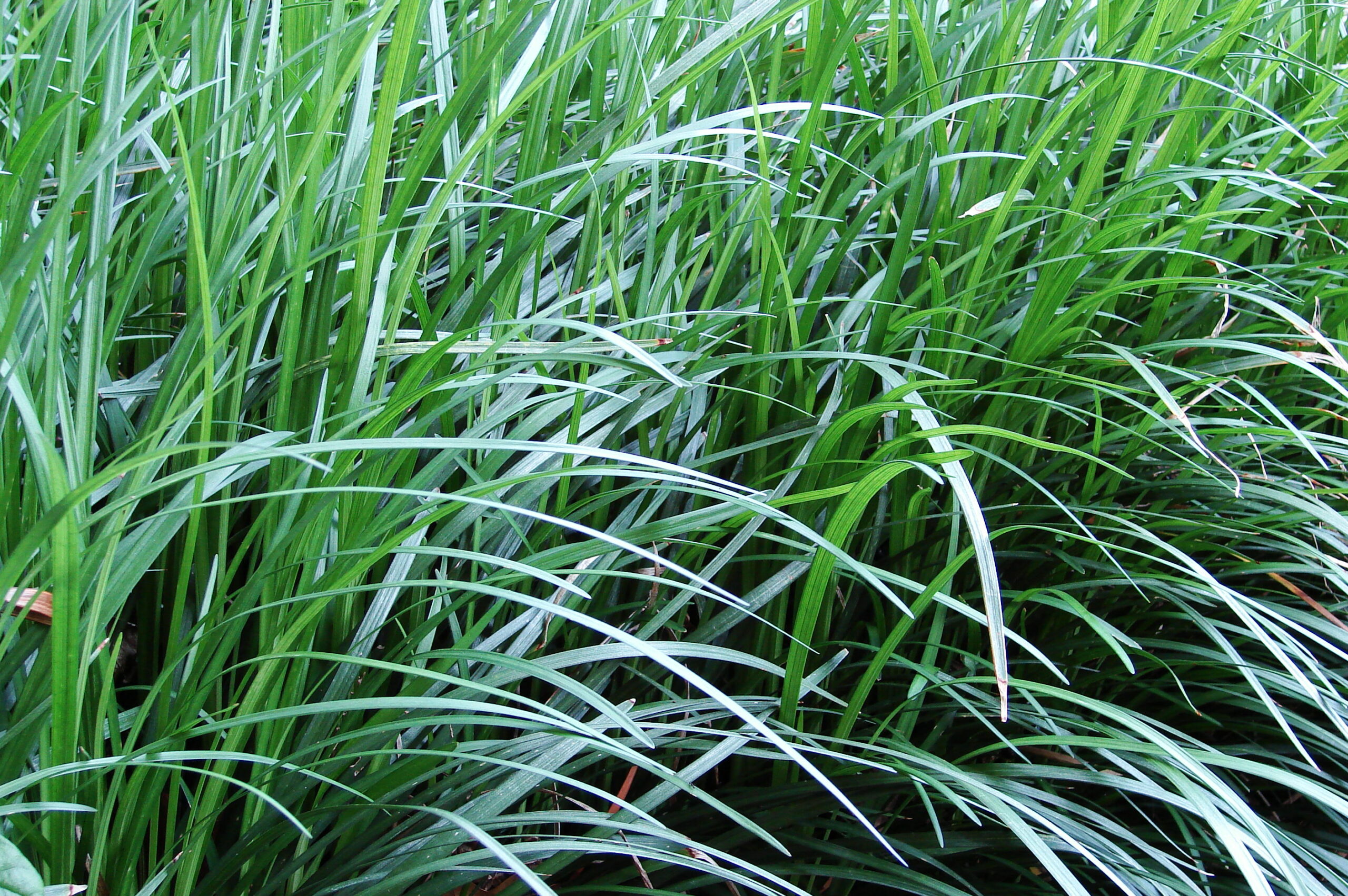
As difficult as it is to pronounce the name of this plant, the Ophiopogon japonicus is an equally popular xeriscape that people continually indulge in. It is alternatively known as dwarf lilyturf or a fountain plant because of its appearance. The foliage spreads out like water pouring out of the fountain and hence the name.
Unlike the previous one, this xeriscape plant grows up to 4” in height, which is quite an average option, to begin with. The plant starts with slightly damp soil and then thrives in the drier soil.
3. Aloe aristate
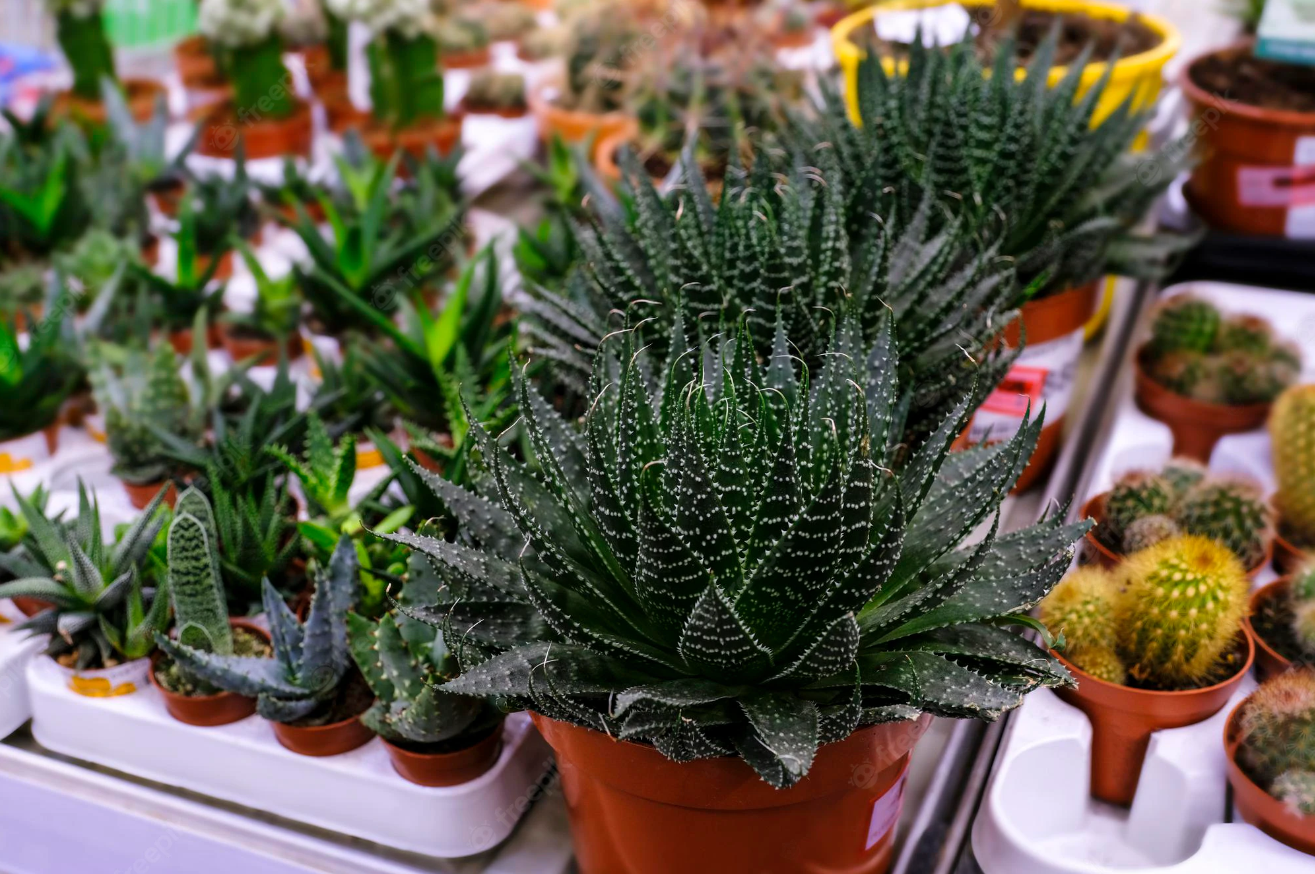
Before you think we are talking about the standard aloe vera plant that we are all familiar with, let us backtrack a little. It is a similar species but not the true aloe. Instead, it has a very close resemblance to the same and is a very popular variant that people love growing in their xeriscaping adventures.
Planting this in the open garden setting adds a very premium look to the area, thanks to the dark green sawtoothed spikes with white spots all over the plant.
4. Erigeron karvinskianus
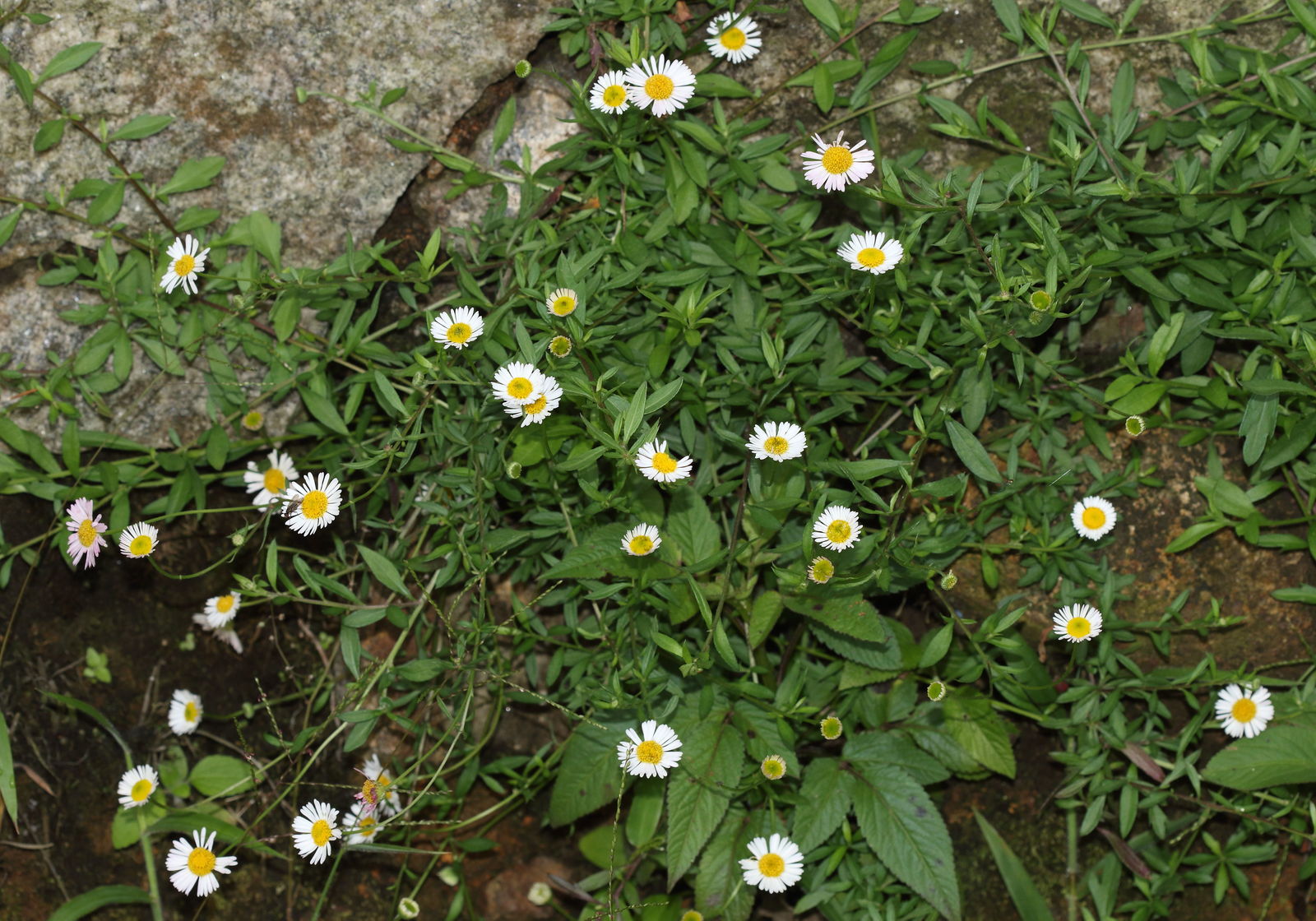
Who doesn’t know about the Santa Barbara Daisy, right? Well, but, did you know that it’s a xeriscape plant? Native to the country of Mexico, the Erigeron karvinskianus plant can sustain itself in harsh and dry weather conditions and is hence one of the most popular types of xeriscape that you can consider buying. It is a type of perennial plant, with bright white and yellow daisies that grow out of the plant.
5. Sedum kamtschaticum
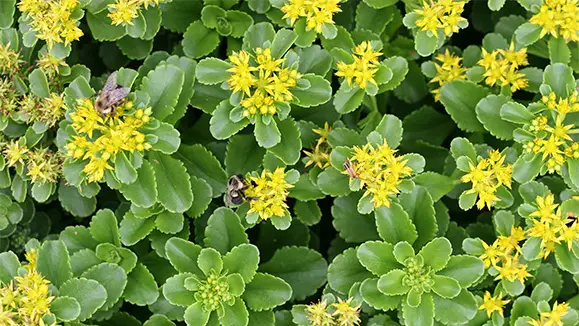
Also known as the Russian stonecrop, the Sedum kamtschaticum is quite an underrated xeriscape plant that you will come across in the market. However, the best thing about this plant is its appearance. When you grow it in abundance in your garden, it will cover the landscape in a bright yellow appearance, making it a worthy choice.
Also, the tiny yellow flowers attract a lot of bees, making them good for cross-pollination in the vicinity.
6. Euphorbia myrsinites
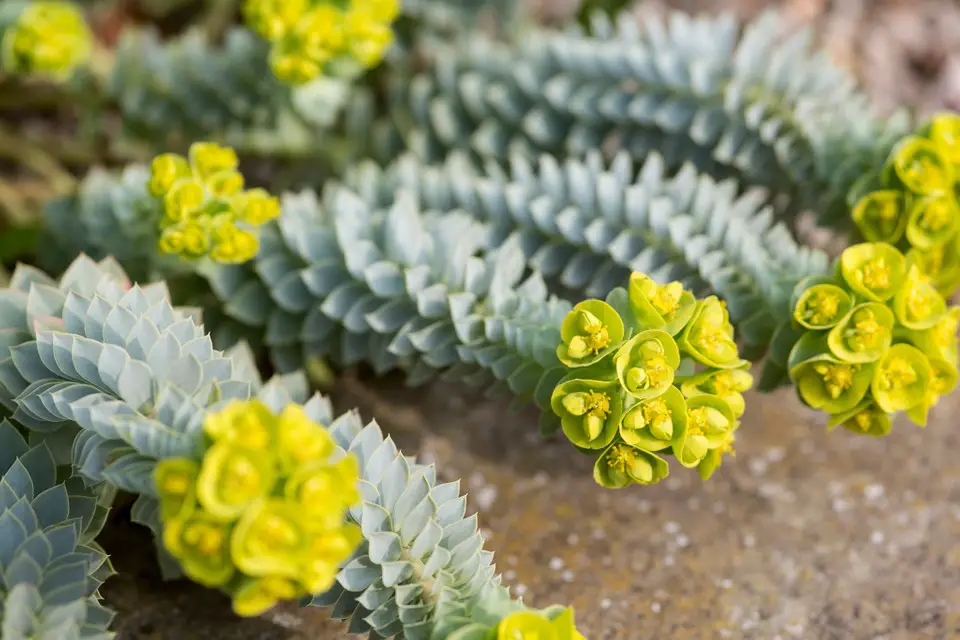
Not many are fond of the Euphorbia myrsinites but we had to include this in the list. The uniqueness of this plant lies in the bright turquoise color of the foliage that tufts the landscape. It is a type of perennial plant that grows up to 8” tall, making it an average height xeriscape plant that you will come across in the list.
Besides the blue-green appearance, the plant also develops yellow bracts surrounding it, especially during the spring season.
7. Juniperus conferta
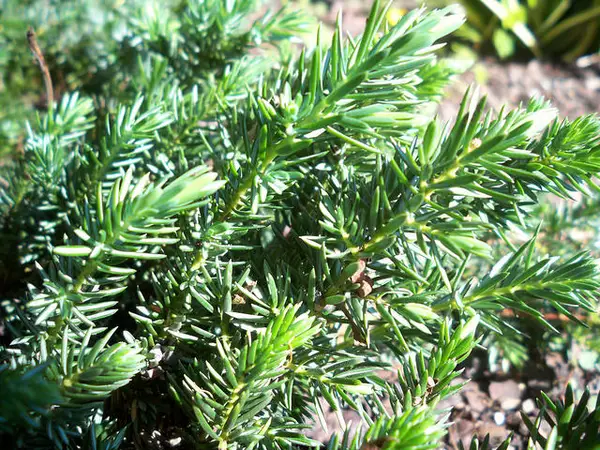
A popular evergreen shrub, the Juniperus conferta is also ideal for the landscapers that aren’t too fond of the flowering shrubs and plants. The entire plant is covered in blue-green needles that grow up to an inch in length.
Also, the needles rise from the sturdy stem, which further makes them a worthy pick for your garden, especially if you are on the hunt for something new. The plant also produces seed cones that turn into a silver color when they are entirely mature.
8. Aloe brevifolia
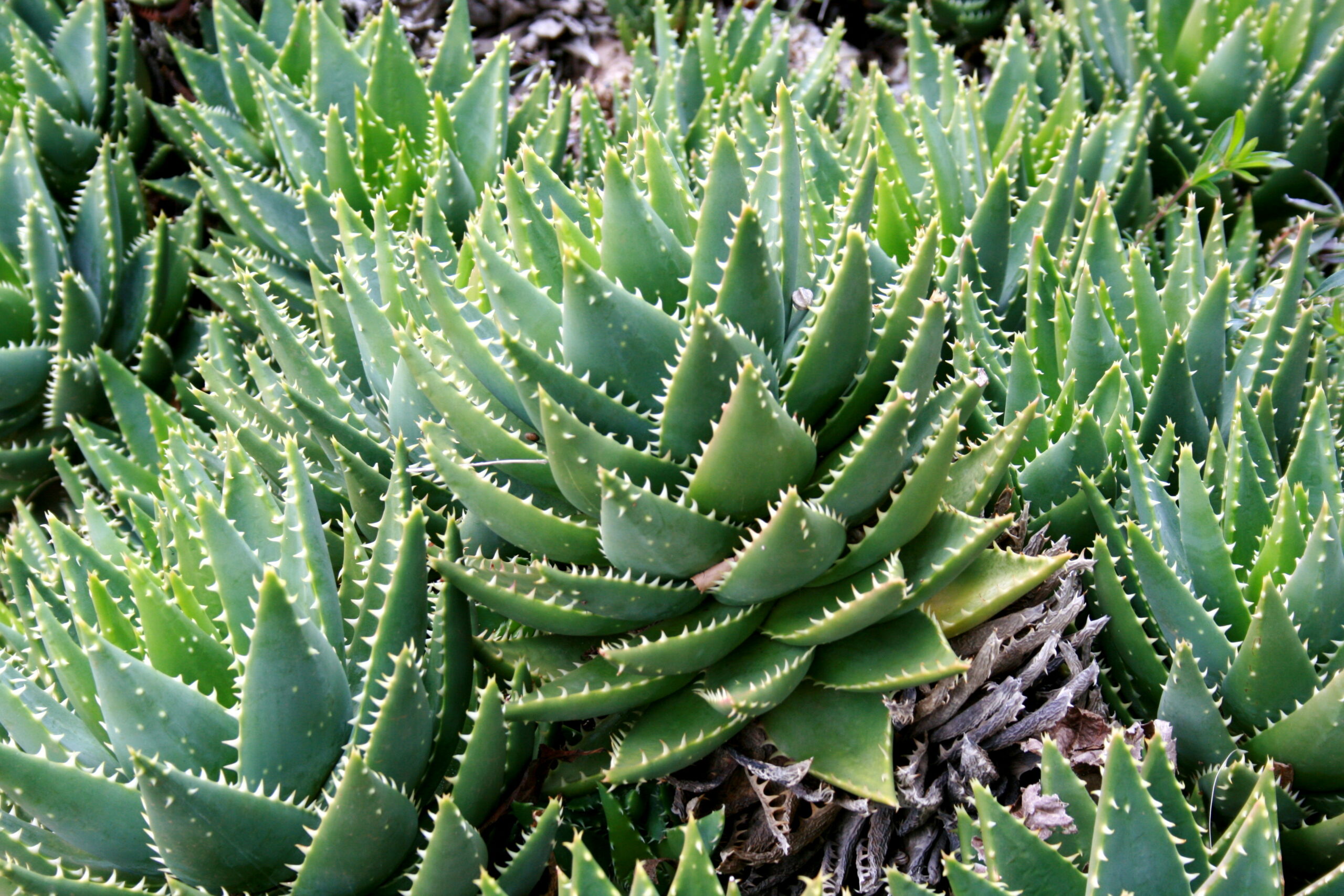
There are a lot of different types of aloe on the list, doesn’t it? But, when it comes to unique xeriscape plants, we had to include Aloe brevifolia in the list. This is another popular type of succulent with sharp needle-like fangs that cover the foliage, mimicking the grooves on the body of a crocodile and hence the name. It is an evergreen plant and thrives in slightly warmer climates, so ensure that you keep a check on the same.
9. Salvia chamaedryoides
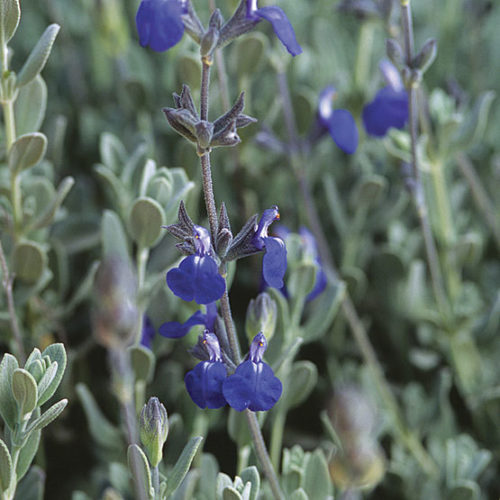
Next up we have the Salvia chamaedryoides, which is commonly known as Germander Sage. This is one of the tallest variants of xeriscape plants that you can consider planting. It grows up to 2 feet and has grey-green foliage with bright blue flowers on them. The tall and straight pinned stems from a shrub-like appearance, which is another reason why they are such a popular option in the landscaping niche.
10. Oxalis triangularis
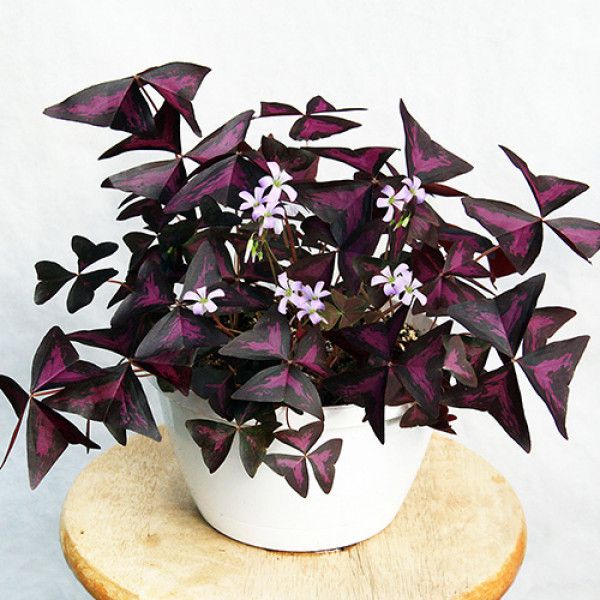
If you had to pick one xeriscape plant out of the lot, we’d recommend the Oxalis triangularis. Also known as False shamrock, this perennial plant is hands down one of the most stunning plants that you can consider planting into your garden.
The best thing about it is the mix of purple, pink foliage, and flowers that give a distinct appearance to your garden. Not once will you have to compromise on the appearance or the functionalities that come with it? Also, the leaves are edible too.
11. Lycoris Radiata
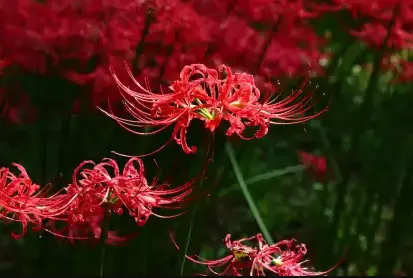
The Equinox flower is a preserved gem that not many growers are familiar with. It is alternatively known as the red spider lily and is hands down one of the most gorgeous flowers that you will come across. It is a bulbous perennial but there is a catch. Despite how stunning the plant, foliage, and flowers look, the bulb is toxic.
So, if you are handling it, we’d recommend wearing gloves for your safety. Also, they keep pests and mice out of the crop fields and are often used in Japan for the same purpose.
12. Oenothera fruticose
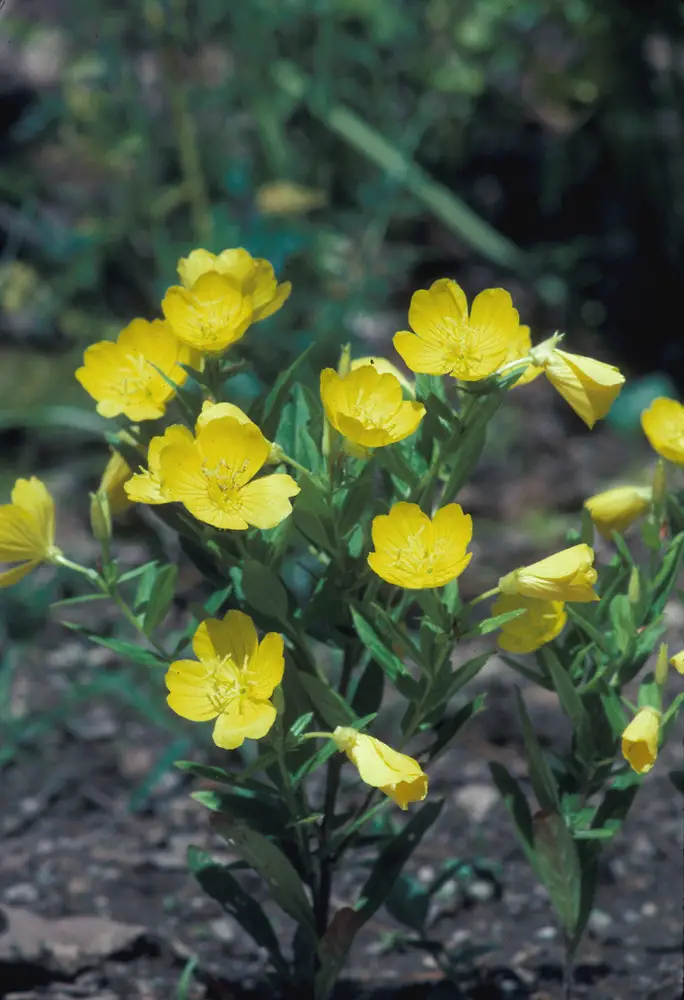
The Oenothera fruticose, also known as narrow-leaved sundrops is another popular herbaceous perennial plant that you can consider planting in your garden. Also, it is found in abundance in North America since the weather is very favorable in such regions. They are popularly grown in zones 4-8 and produce bright yellow colored four-petal flowers, making them a popular inclusion in the list of xeriscape plants.
13. Santolina chamaecyparissus
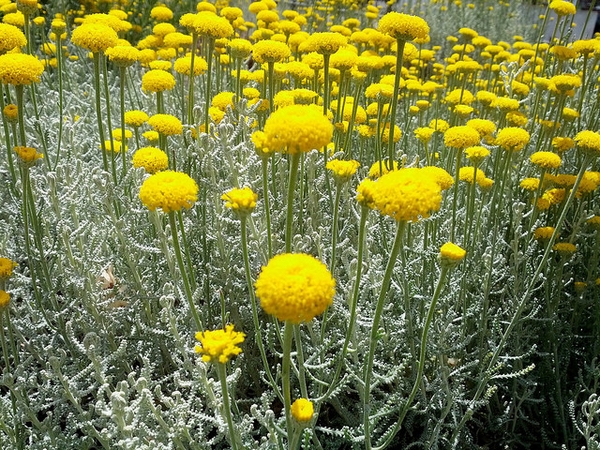
The Santolina chamaecyparissus doesn’t have the most charming appearance but it is one of the most resilient plants that you can consider growing. It has a morning shrub-like appearance with bright yellow-colored flowers that cover the entire shrub.
The flowers are particular to a season, so you need to wait for the flowers to bloom. Besides that, the plant has a silvery-grey edge to the foliage throughout the year, which is quite amazing too.
14. Gaura lindheimeri
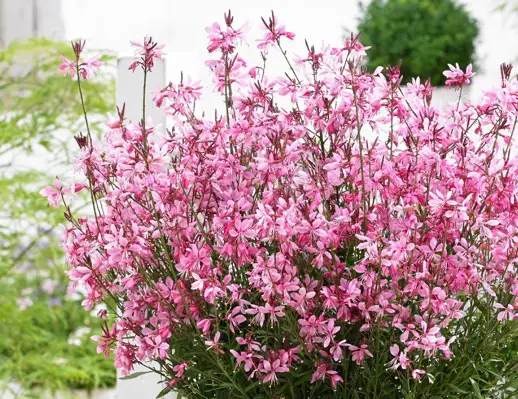
As we get into the taller xeriscape plants for your garden, we knew that we had to include the bee blossom in the list. The Gaura lindheimeri is a perennial plant that grows up to 3-5 feet in length.
Also, the appearance of this plant might look like a wildflower garden, which reasons enough for you to add them as a cover for the empty spaces in your garden. Also, the white flowers on the plant grow between August to October, which is quite fun to watch as well.
15. Pycnanthemum tenuifolium
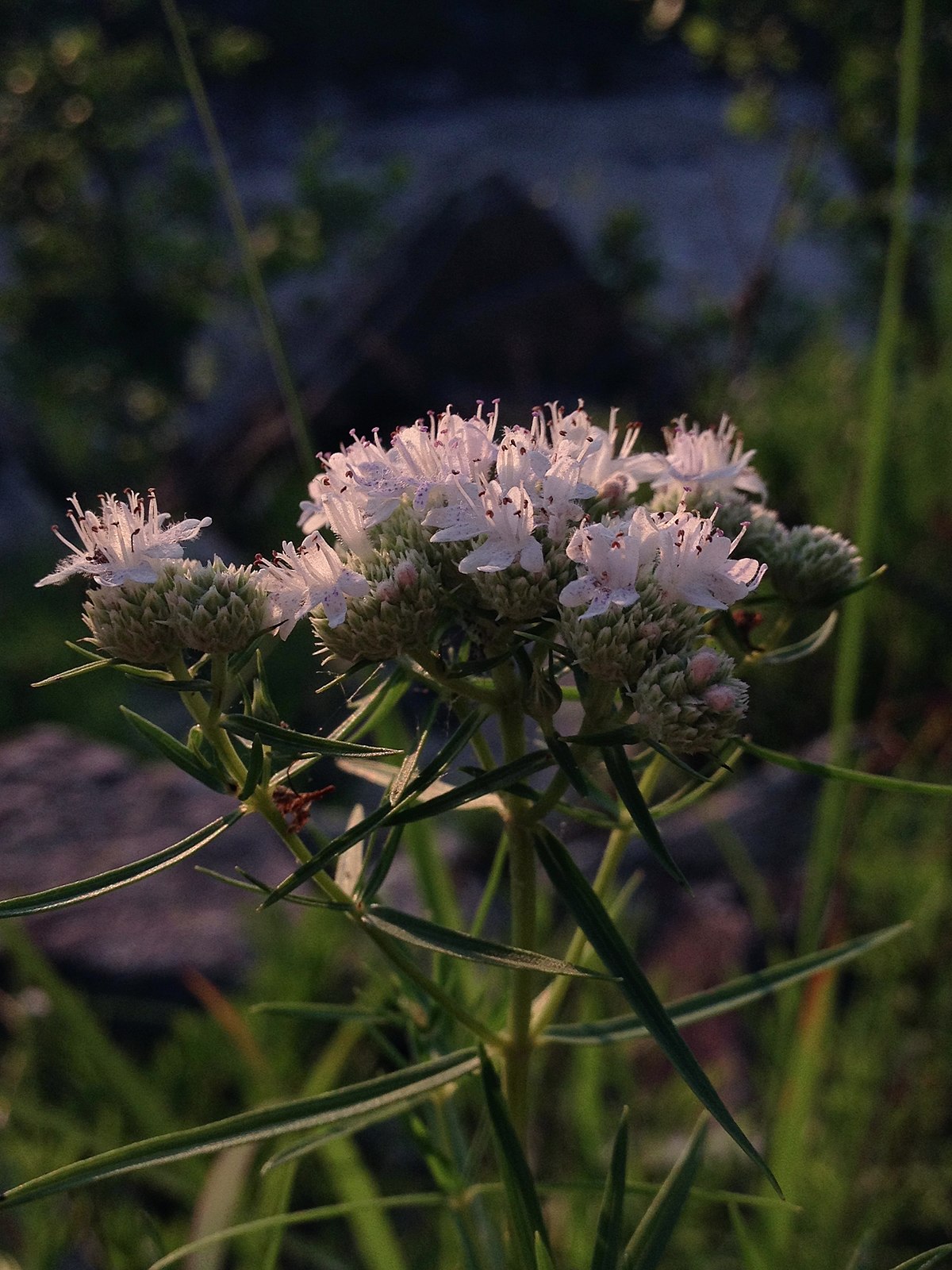
Before you break your jaw trying to pronounce the name, the plant is common as the Slender Mountain Mint. Given the name, you’d think that the plant will generally grow around in the mountains but that isn’t the case at all. It is commonly found in the prairies or even on the side of the roads.
Also, the leaves grow up to 2-3 feet in length and have a strong minty aroma to the plant. Also, the flowers in the plant grow in clusters during the late summer.
16. Salvia guaranitica
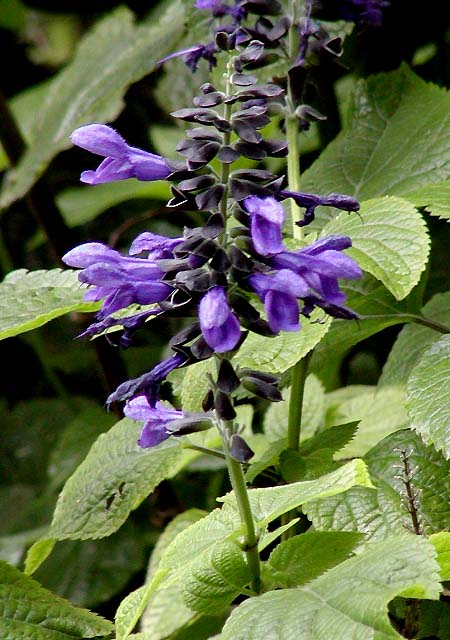
Who doesn’t love a mix of blue and green in their garden, right? The Salvia guaranitica, also known as the anise-scented sage grows up to 3 feet in length. Also, the plant grows as a perennial and can grow up to 5 feet in length as well. The foliage in the plant is bright green but the flowers that bloom is bright blue, which offers a stunning contrast in the landscape of the garden.
17. Rudbeckia maxima
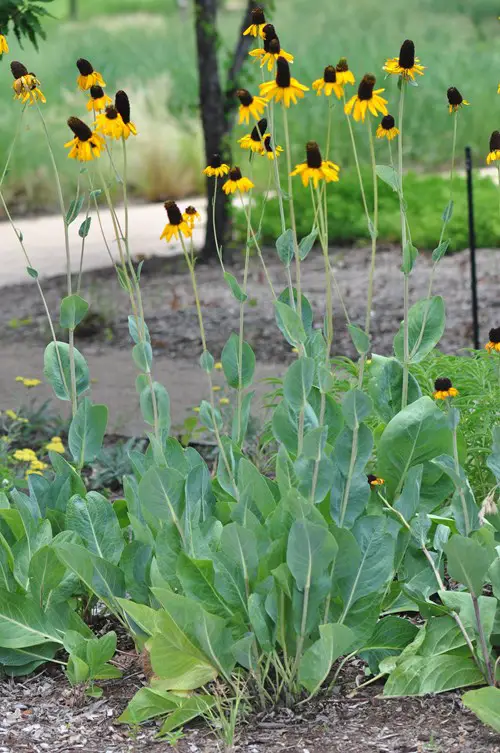
Last on the list is Rudbeckia maxima, which is also known as large coneflower. This paddle-shaped xeriscape plant can grow up to 24” in length, with a stunning flower stalk that can easily grow up to 7 feet in length. The huge coneflowers have bright yellow petals, which further add to the beauty of the space in which you are growing the plants in.
FAQs
1. What is meant by xeriscaping?
Xeriscaping is a type of gardening that involves designing landscapes for growing different types of drought-resistant plants that can flourish in the low-irrigation growing system. This indicates that plants like these don’t require any kind of excess watering, despite the humid or hot weather conditions.
2. What is the best xeriscape?
If this is your first-time growing xeriscape plants and you aren’t sure which plants to grow, we’d recommend looking into the top plants that are fairly simple to grow. Some of the best ones include the jellybean plant, mondo grass, purple poppy mallow, germander sage, etc.
3. What is not good about xeriscaping?
One of the biggest issues when it comes to xeriscaping is the kind of work that you have to do initially. Not only is it complicated, but it also involves a lot of landscaping and installation, which is fairly time-consuming. Also, the sparse aesthetic of the xeriscape plants in the backyard isn’t everyone’s cup of tea.
4. What types of plants are perfect for xeriscaping gardening?
When it comes to choosing plants for xeriscaping gardening, we’d recommend looking into growing plants that are native to the hot and humid weather conditions. Plants like sedum, rudbeckia, Vernonia, etc. are considered some of the best picks you can look into.
5. How do you xeriscape on a budget?
If you want to start xeriscaping in your backyard, the best tip we’d recommend is doing this by yourself. Instead of hiring professionals, you can save a lot of money if you kickstart the process yourself. Also, grow the plants from seeds because the yield is a lot more promising in that case.
6. Can I grow xeriscape plants anywhere?
The limitation to growing xeriscape plants is the weather condition. This means that you can’t grow them anywhere your heart desires. Instead, you’d need to grow them in suitable areas with a proper climate.
Conclusion
Growing xeriscape plants isn’t rocket science, provided that you know the basics of growing them. Ideally, we’d recommend choosing the types that will thrive in the kind of climate and hydration that you have in the soil. We’d highly recommend that focus on the quality of the soil that you are growing because that’s what matters in the process.

